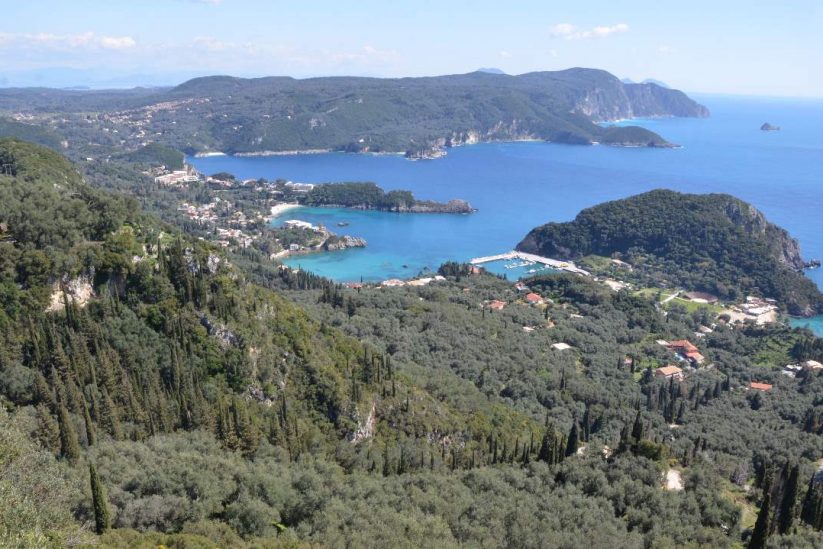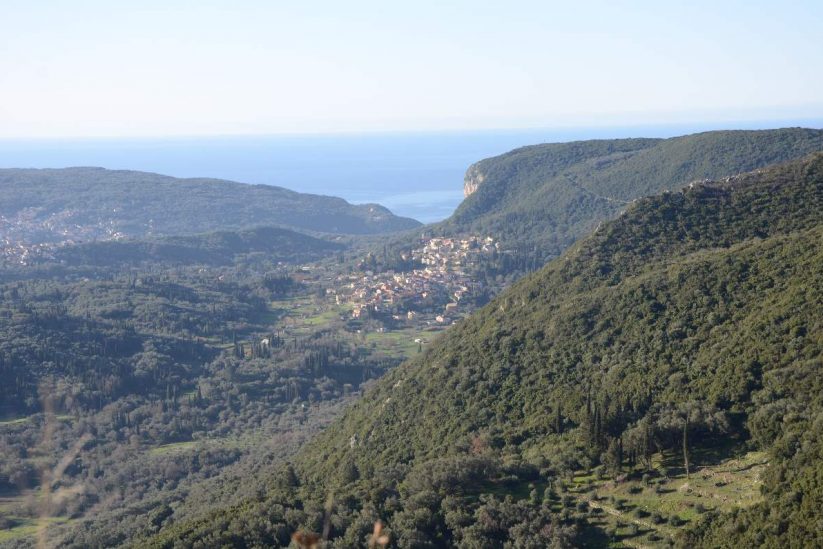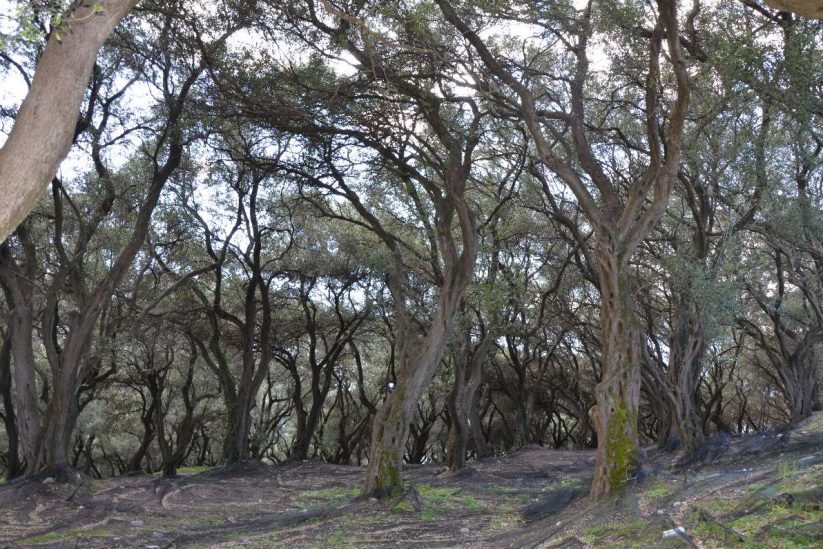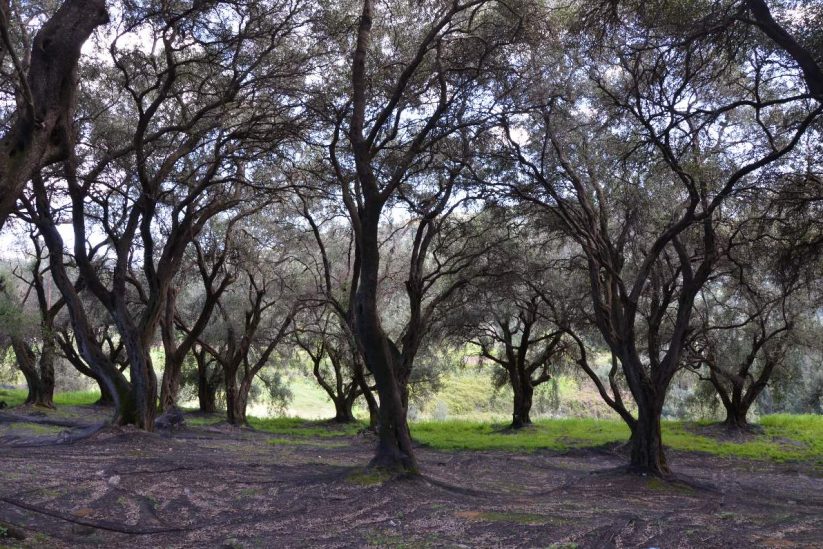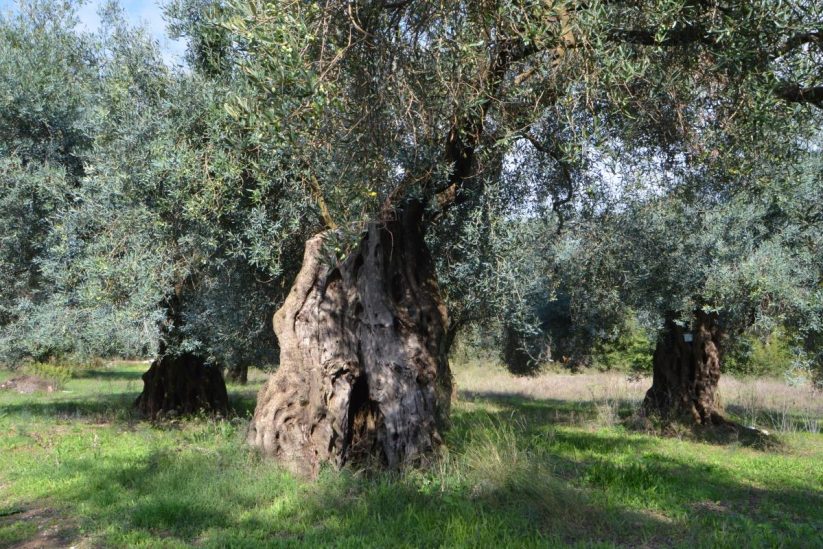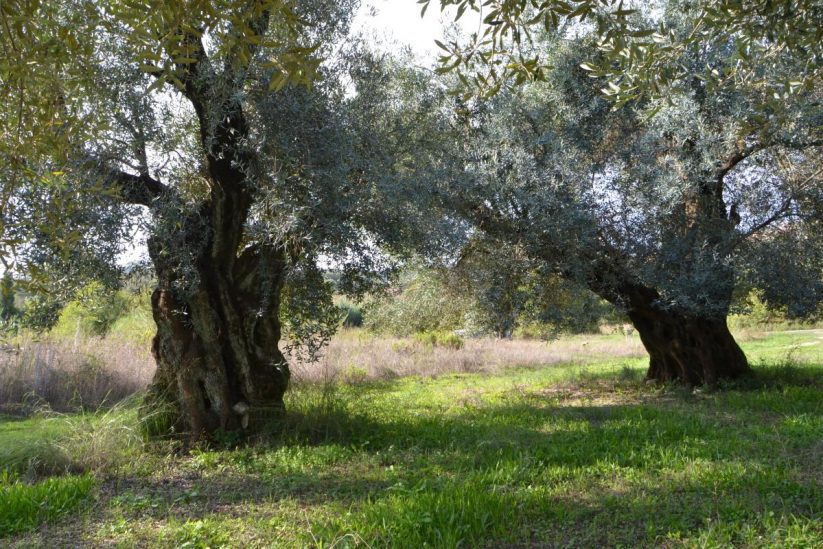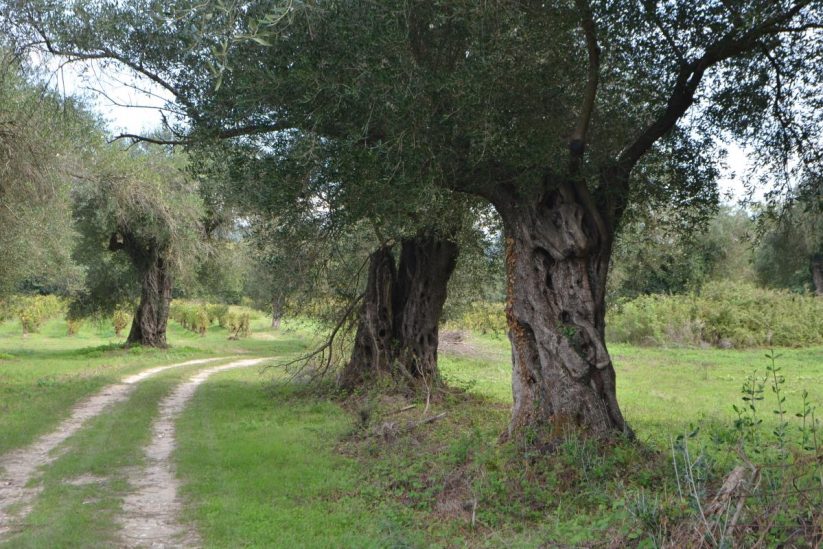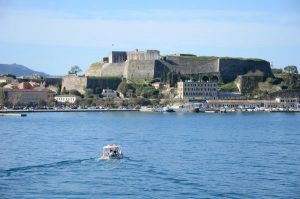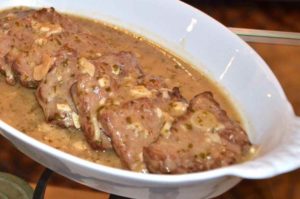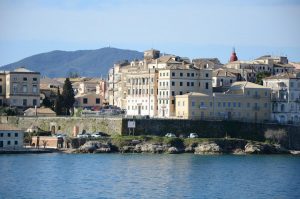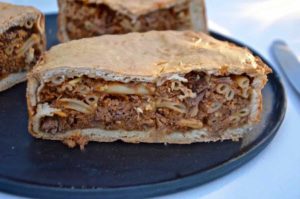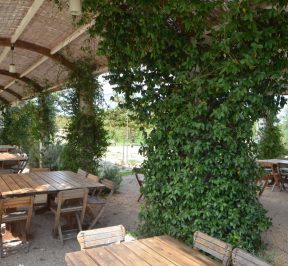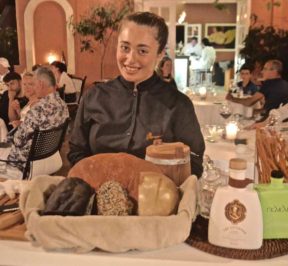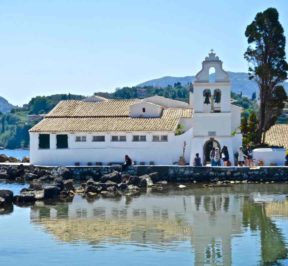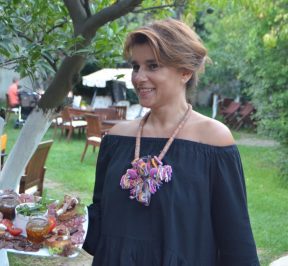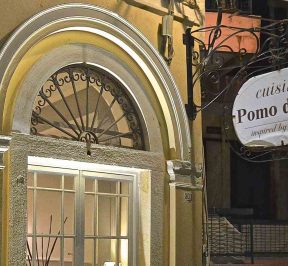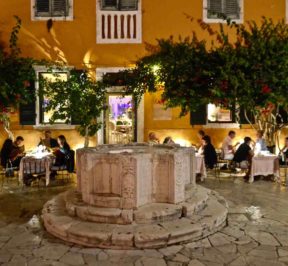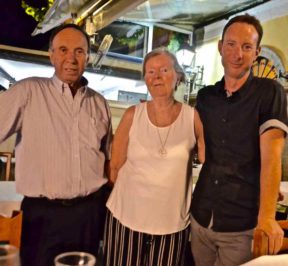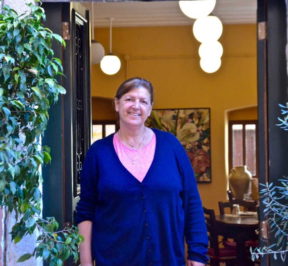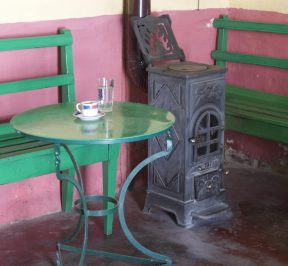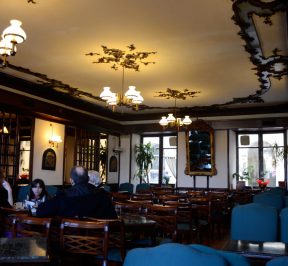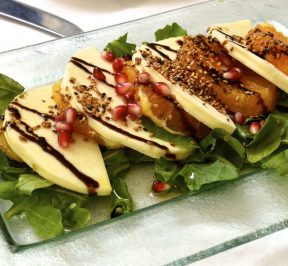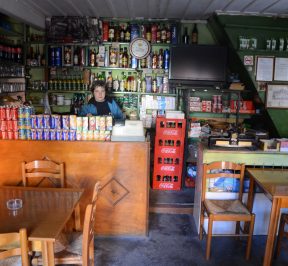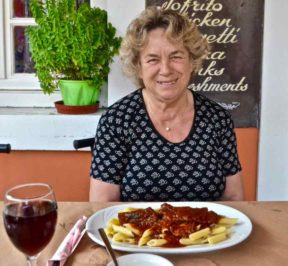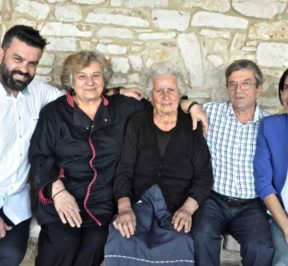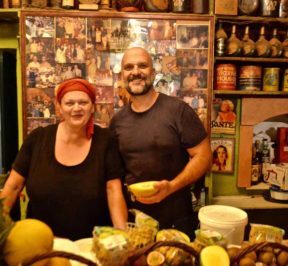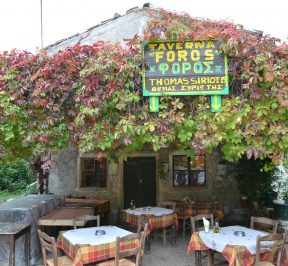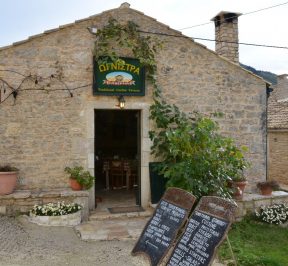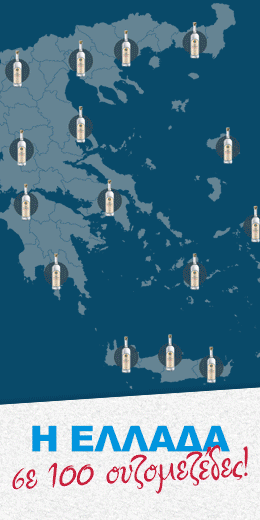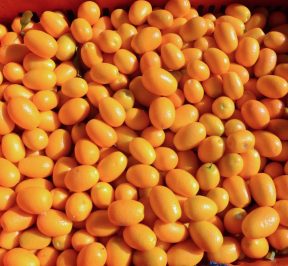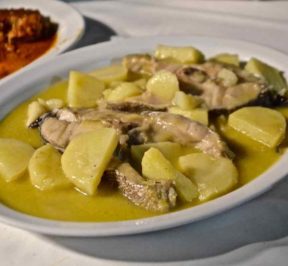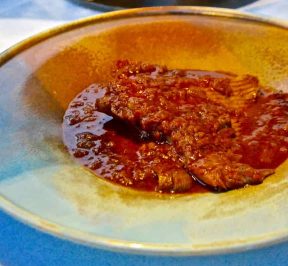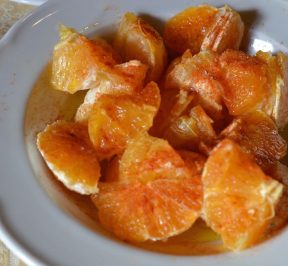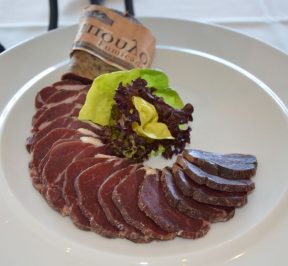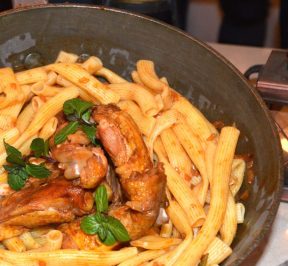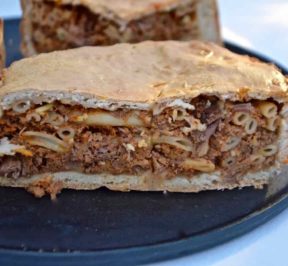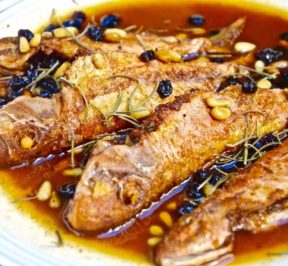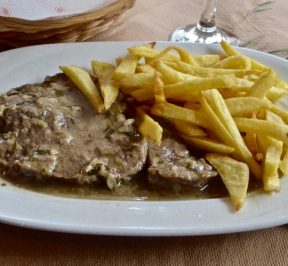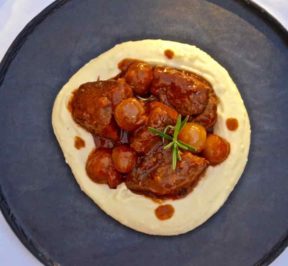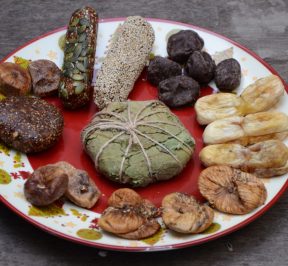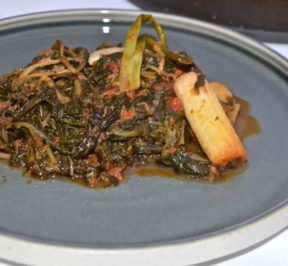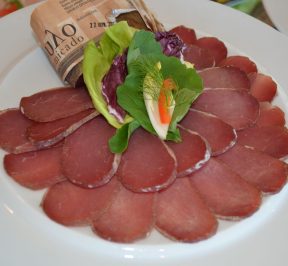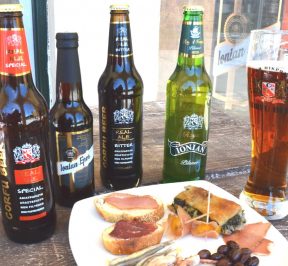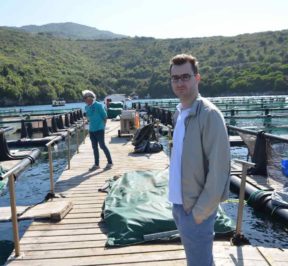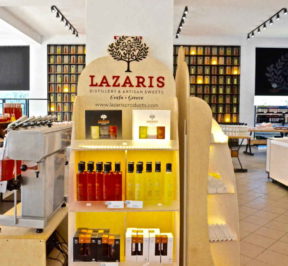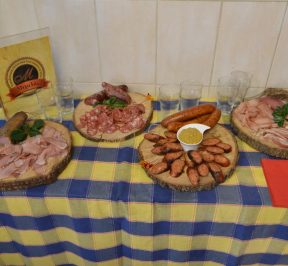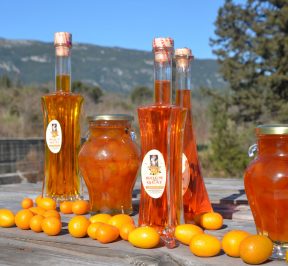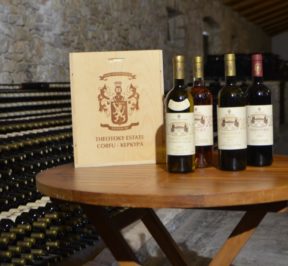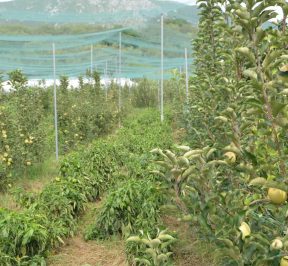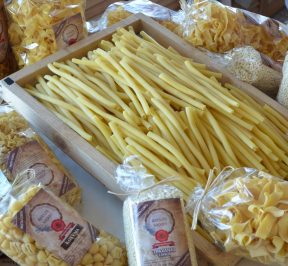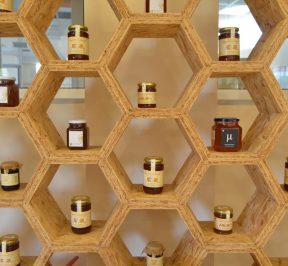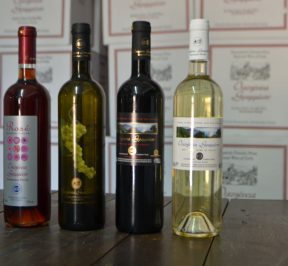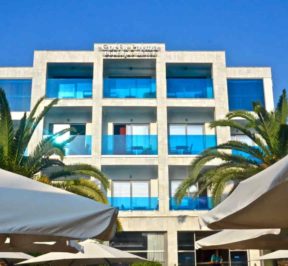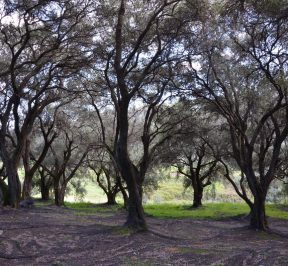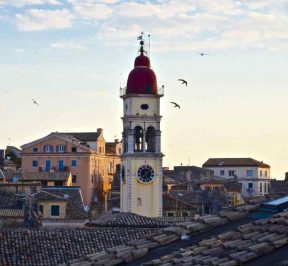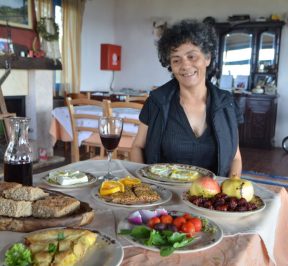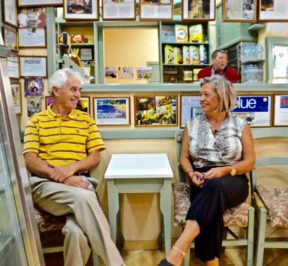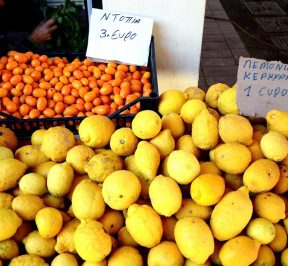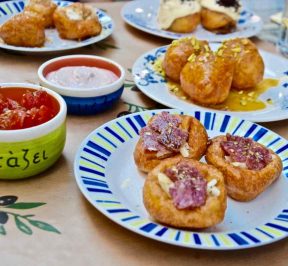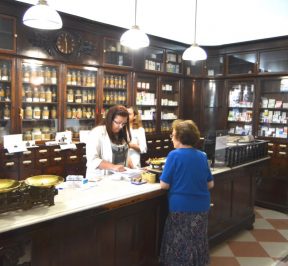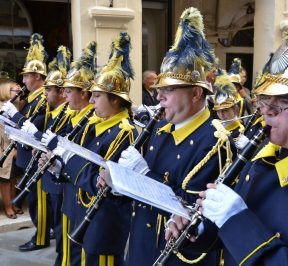Olive groves of Corfu
The unique ones Olive groves of Corfu impress the traveler of the island, as they occupy most of the countryside. From Pantokrator, the high mountain of the island, to the high or low hills that with the narrow terraces formed by the stone structures, keep the earth from erosion, to the plains that most often reach the shore, Corfiot olives dominate the landscape of the island.
Η olive monoculture imposed on Corfu from the period of Venetian rule. Thus, while at the beginning of the 16th century the oil production did not exceed 2.000 barrels, at the end of the 18th century it had exceeded 70.000 barrels leading to an impressive increase in the island's olive groves, as a result of measures taken by the Venetian government, giving significant rewards for the planting of young olive trees. Most of the oil was exported for the needs of the Most Serene. It is estimated that all the Venetian-occupied cities of the Adriatic were illuminated by the lighting oil produced and exported by Corfu. Sure the expansion of olive groves was done at the expense of the cultivation of vines, cereals or vegetables, a fact that forced the Corfiots to import these species from the opposite mainland.
Brought by the Venetians, these trees (variety lianolia) grow in height, creating sturdy trunks with rich branch foliage. The tall ones olives in strange shapes that often seem to move, like ballet dancers, or ancient drama maenas, form dense shady forests that are often impenetrable to the sun even in summer. Due to their height, these trees are not at all easy to prune and the fruit is not harvested as in all of Greece, with a stick. In Corfu, from October, networks are spreading that wait until March until the last olives fall.
For that reason Corfu oil has great acidity, due to the long stay of the olive on the ground until it reaches the olive press, and this is one of the reasons that the olives of Corfu bloom every two years.
For the people of Corfu, the olive tree was the main good of survival but also a measure of wealth. Its value was calculated by the number of roots and the wealth of the nobles was determined by the number of olive trees they possessed. In order to be able to control the cultivation, storage and processing of olives, the nobles built numerous mansions in the Corfu countryside, with auxiliary spaces, warehouses and staff residences. They are still preserved and are one of the most characteristic elements of the Corfiot landscape.
Contact
- AddressCorfu
- CategorySightseeing
- LeaseCorfu
Lease
PLACE & HISTORY - TRADITIONAL KITCHEN
TAVERNS - RESTAURANTS - CAFES
PRODUCERS - WINERY

